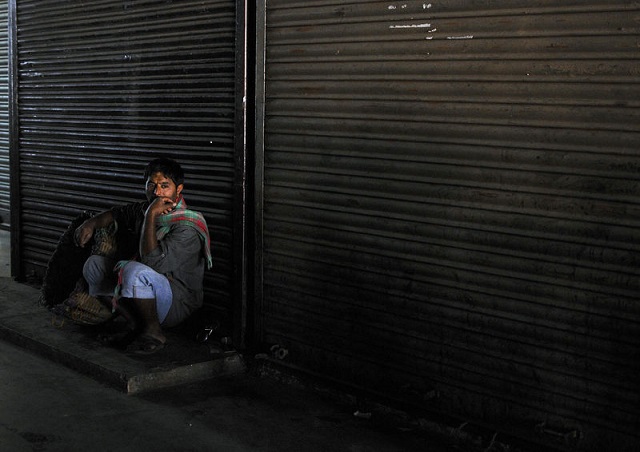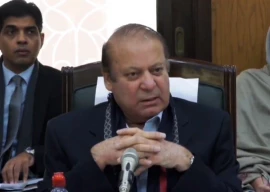
ISLAMABAD: Pakistan’s unemployment rate has slightly gone down to 5.7% in the last year of the Pakistan Muslim League-Nawaz (PML-N) tenure due to slightly better economic growth rate and less number of people looking for jobs, which the statisticians largely attributed to labour discouraged phenomenon.
The Pakistan Employment Trends report of 2017-18, published by the Pakistan Bureau of Statistics (PBS) this week, reflects some interesting patterns about the job market. The overall unemployment number stood at 5.7% - a decimal point lower than the last surveyed year, 2014-15. Such a low rate always creates doubts about the authenticity of critical socio-economic indicators.
About seven out of every ten jobs were created in the informal economy during the last fiscal year, which is also an indication of large size of the informal sector.
Self-employment: ‘Micro-financing to help reduce unemployment’
The Labour Force Survey of 2017-18 also showed marginal increase in literacy rate, largely because of people who did not get formal education. The literacy rate went up from 60.7% to 62.3% in fiscal year 2017-18, but the percentage of people who were treated literate without formal education went up from 0.4% to 1.6%, according to the report.
The percentage of people who got married slightly increased while the divorced ratio remained unchanged at 0.3%.
However, a key factor behind such low unemployment number was the labour force participation rate. In 2014-15, the labour force participation rate was 53.3% that declined to 51.9% last year. The percentage of total population that was actively looking for jobs also reduced from 32.3% to 31.7%, according to the survey.
Similarly, another trend, the refined participation rate - the people who are above 15 years of age and in search of job - also decreased from 45.2% to 44.3%.
The reduction in participation rate is also attributed to labour discouraged phenomenon - a situation where some people, who have done everything they can to find a job and still remain unemployed, give up trying to find and move on to something else.
There are fears that the unemployment rate may significantly increase in the coming years due to stagflation. The economic growth rate that was 5.2% in the last fiscal year is projected to stand at only 2.9% by the International Monetary Fund (IMF) for this fiscal year. The IMF has also projected average 2.5% economic growth rate for next five years - a pace that will surely increase unemployment and poverty in the country.
The PBS has not done anything to improve credibility of its numbers and is using definitions that create doubts about reliability of unemployment statistics.
According to the definition, an employee is anyone over the age of 15, who worked at least one hour during the reference period and was either paid-employed or self-employed. The government also treats a person as employed who is jobless but helping his family member in routine work.
According to the survey, own account worker ratio dropped from 37.2% in 2014-15 to 35.7%. The industrial sector caught one out of every four jobs, while the share of the agriculture sector in the total jobs went down to 37.4%. The jobs in the services sector increased from 35.8% to 38.6%.
Literacy
The Labour Force Survey report showed that the literacy rate went up from 60.7% four years ago to 62.3% last fiscal year. The increase was witnessed both in the case of females, where literacy rate jumped from 49.6% to 51.8%, and males, from 71.6% to 72.5%.
Area-wise rates suggest increase both in rural and urban literacy rates and male-female disparity seems to be narrowing down with the time span, according to the report.
The number of married persons has also slightly gone up in four years. The ratio of married persons that was 52.6% four years ago increased to 53.5% in the previous fiscal year. There was correspondence reduction in the ratio of never married person to 42.3% last fiscal year.
The ratio of widowed slightly jumped to 3.9% but the divorced person ratio remained unchanged at 0.3%.
Published in The Express Tribune, April 14th, 2019.
Like Business on Facebook, follow @TribuneBiz on Twitter to stay informed and join in the conversation.











































COMMENTS
Comments are moderated and generally will be posted if they are on-topic and not abusive.
For more information, please see our Comments FAQ